Garage doors are often subject to a lot of wear and tear, and it’s not uncommon for them to sustain dents or other types of damage.
Whether caused by an accidental bump, extreme weather, or regular use, addressing these issues promptly is crucial to maintaining both the appearance and functionality of your garage door.
Here’s how to effectively deal with garage door dents and damage.
Table of Contents
1. Assess the Extent of the Damage
Visual Inspection
The first step in dealing with a dent or damage is to assess the extent of the problem. Conduct a thorough visual inspection of the garage door. Check for dents, scratches, or other types of damage, and note whether the damage is isolated to one area or spread across the door.
Check for Functional Issues
After assessing the visible damage, check to see if it has affected the door’s functionality. Ensure the door opens and closes smoothly without any unusual noises or resistance. If the damage has caused the door to become misaligned or is affecting its operation, you may need to Consult A Professional.
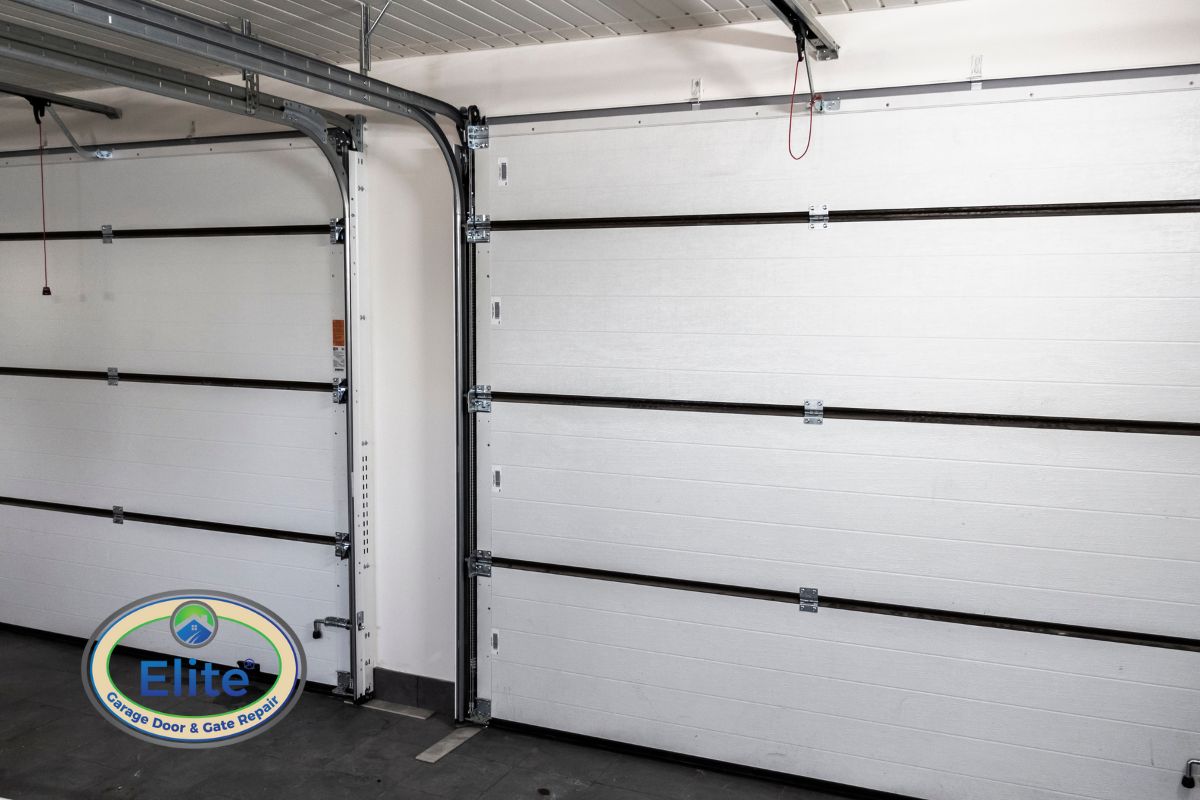
Assess the Extent of the Damage
2. Repairing Minor Dents Yourself
DIY Dent Repair for Metal Doors
If the dent is small and the door is made of metal, you might be able to fix it yourself. Here are a few methods:
- Using a Plunger: A simple plunger can sometimes pop out small dents. Wet the plunger and the dented area, then push and pull the plunger until the dent pops out.
- Boiling Water Method: For metal doors, pour boiling water over the dented area to make the metal more pliable. Then, quickly push the dent out from the opposite side using your hands or a rubber mallet.
- Aluminum Foil, Heat, and Compressed Air: This method is particularly effective for larger metal dents. First, cover the dent with aluminum foil. Then, use a heat source like a hair dryer to heat the foil for about a minute. Finally, spray the area with compressed air. The rapid cooling should cause the metal to contract, popping the dent out.
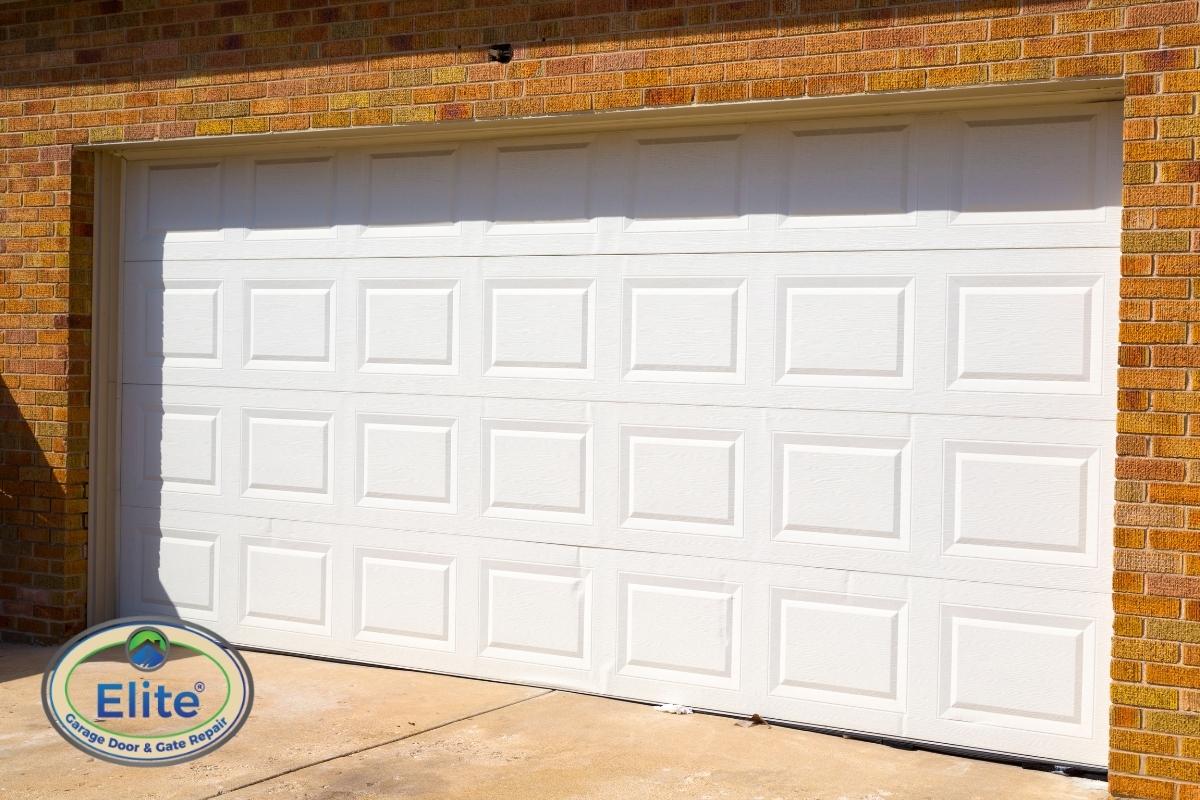
Repairing Minor Dents Yourself
Filling and Sanding for Wooden Doors
For dents in wooden garage doors, use wood filler to repair the damage:
- Apply Wood Filler: Use a putty knife to apply wood filler to the dented area. Ensure the filler is level with the door’s surface.
- Sanding: Once the filler is dry, sand the area until smooth. If needed, apply another layer of filler and repeat the process until the surface is even.
- Painting: Finally, repaint the repaired area to match the rest of the door, ensuring a seamless finish.
3. Addressing Major Damage
Panel Replacement
If a single panel on your garage door is significantly damaged, replacing the panel might be the most effective solution. This is especially true if the damage is affecting the door’s structural integrity or functionality. Replacing a Panel is often more cost-effective than replacing the entire door, and it can restore both the appearance and performance of your garage door.
When to Call a Professional
If the damage is extensive, affects the door’s operation, or involves the springs, cables, or tracks, it’s best to call a professional. Attempting to repair these components yourself can be dangerous if you lack the necessary tools and expertise. A professional can safely repair or replace damaged parts, ensuring your garage door is functioning properly.

Addressing Major Damage
4. Preventing Future Damage
Regular Maintenance
Routine maintenance can help prevent damage to your garage door. Lubricate the moving parts, check for loose hardware, and clean the door regularly to prevent rust and wear. Addressing small issues before they escalate can extend the life of your garage door.
Use Caution When Parking
One of the most common causes of garage door dents is accidental contact with vehicles. Use caution when parking, and consider installing a parking guide or laser parking assist system to help you park accurately and avoid hitting the door.
Weather Protection
Severe weather can cause dents and damage to your garage door. If you live in an area prone to storms, consider installing storm braces or reinforcing your garage door to protect it from wind and debris.

Preventing Future Damage
5. Touch-Up Paint and Finish
Repainting
After repairing dents, consider touching up the paint to restore the door’s appearance. Use a paint that matches your door’s original color, and apply it evenly over the repaired area. This not only improves the door’s appearance but also provides additional protection against rust and weather damage.
Sealant
Applying a sealant after painting can further protect the door from moisture, UV rays, and other environmental factors, helping to prevent future damage.
Conclusion
Dealing with garage door dents and damage promptly is essential to maintaining both the aesthetic appeal and functionality of your door.
Whether you’re tackling minor dents with DIY methods or seeking professional help for more significant damage, taking the appropriate steps will ensure your garage door remains in good condition for years to come.
Regular Maintenance and preventive measures can also help minimize the risk of future damage, saving you time and money in the long run.



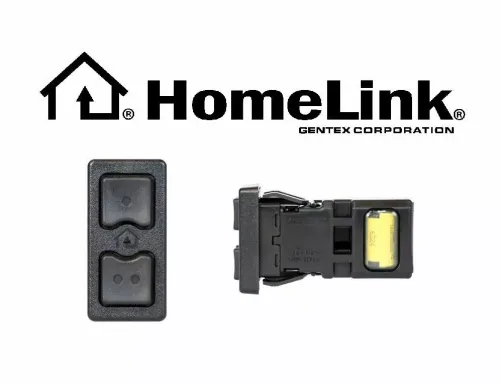

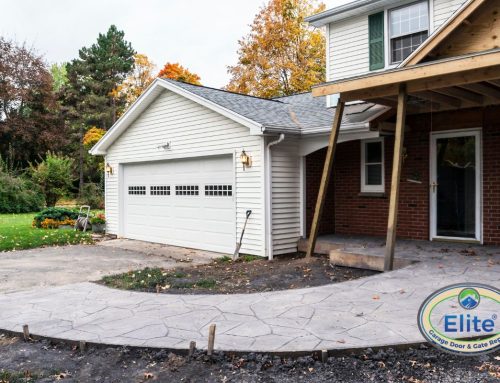
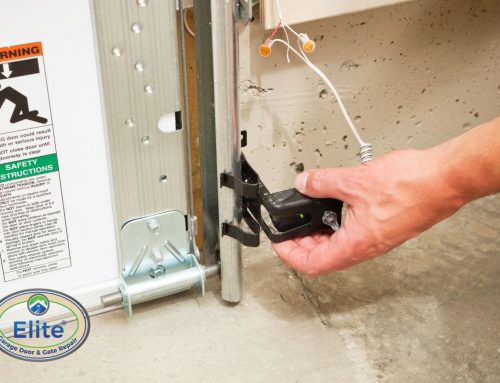

Leave A Comment